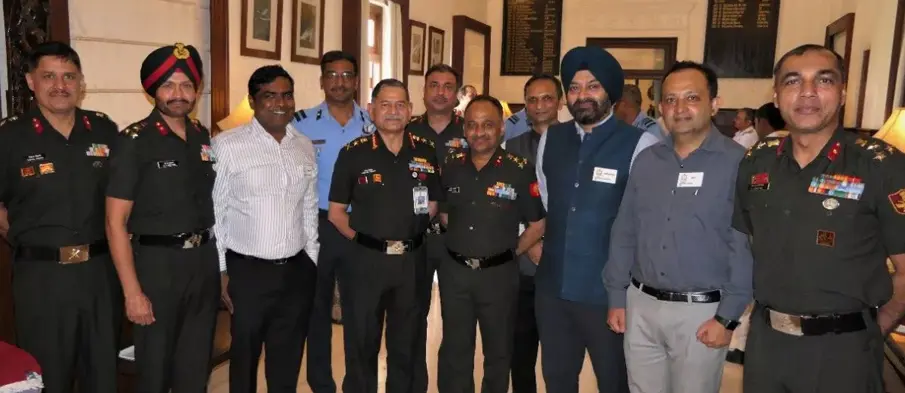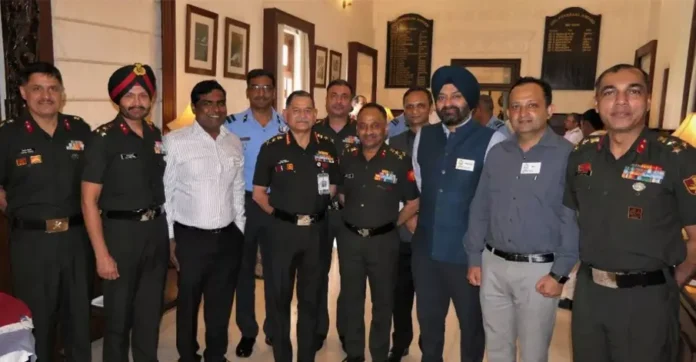
The Indian Army is fast-tracking its modernisation efforts, with an emphasis on equipping soldiers with advanced technologies under the F-INSAS (Futuristic Infantry Soldier as a System) initiative, as well as enhancing its mobility and night combat capabilities. General Upendra Dwivedi, Chief of Army Staff, outlined these transformative steps during a speech at the 64th National Defence College (NDC) Course. The upgrades are part of a broader vision to prepare the Indian Army for future conflicts by integrating cutting-edge weapons, systems, and logistics suited for high-altitude and varied terrains.
In his address titled “Decade of Transformation: Indian Army in Stride with the Future and Nation Building,” General Dwivedi highlighted that the Army’s modernisation aligns with India’s national goal of becoming a Viksit Bharat by 2047. This vision emphasizes creating a self-reliant, future-ready military capable of responding effectively to both conventional and asymmetrical threats.
The F-INSAS initiative aims to transform individual infantry soldiers into highly capable, tech-savvy operators with enhanced mobility, communication, and combat effectiveness. The Army is bolstering its surveillance capabilities with nano drones, satellite technology, and dedicated R&D centres focused on drone development. It is also refining precision strike capabilities, improving accuracy, long-range munitions, and post-strike assessments. To modernize communication infrastructure, the Army is upgrading to Software Defined Radios, SAMBHAV secure networks, and anti-drone technology to ensure secure, resilient communication in diverse operational scenarios. The introduction of light tanks, swarm drones, and logistics technologies like logistic drones and robotic mules are enhancing the Army’s operational readiness and logistical capabilities.
General Dwivedi also discussed major structural reforms aimed at optimising the Army’s warfighting capabilities. These reforms are focused on streamlining command, control, and training while adapting to the emerging Diplomatic, Informational, Military, and Economic (DIME) interdependencies in modern warfare. The Army is forming Integrated Battle Groups under the Mountain Strike Corps and establishing specialized units like the Signals Technology Experimentation & Adaptation Group (STEAG) to ensure secure communications across the force. The Army is expanding its capabilities in cyber warfare, electronic warfare, and intelligence, focusing on emerging security threats in these domains. The Army’s artillery regiments are being modernized with standardization to 155mm guns, while Territorial Army units will see expanded roles to improve overall force readiness.
The structural and technological upgrades are part of the Indian Army’s comprehensive strategy to build a more agile, capable, and future-ready military force, positioning India to effectively manage the security challenges of tomorrow.





